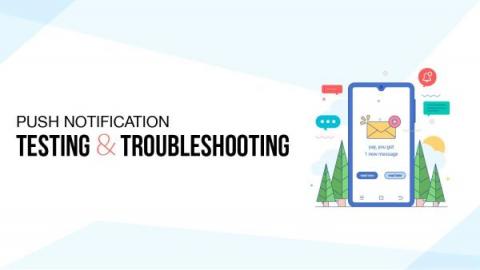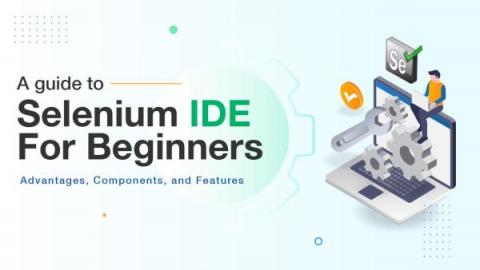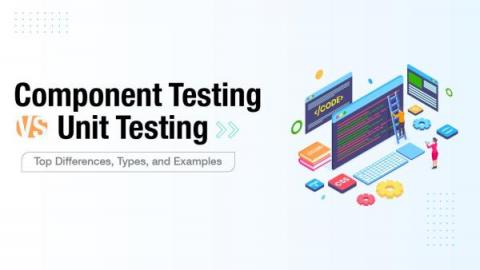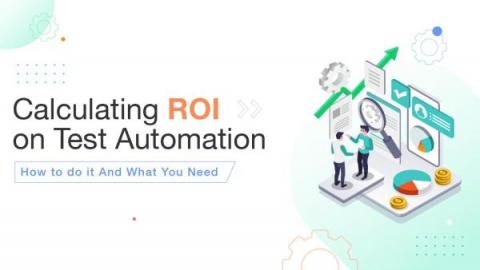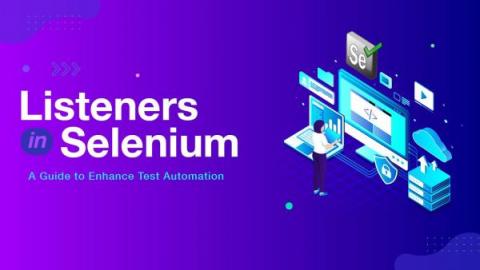10 Best Web Automation Tools For QA In 2023
Automated web testing solutions are essential in today’s cut-throat competition for building a quality product in the software development market. This enables CI/CD integration, Agile, and DevOps methodologies to keep up with the demand, which is continuously changing. Automated testing tools are now in charge of ensuring all test cases are covered and utilized to their fullest extent rather than just focusing on cutting testing durations.



